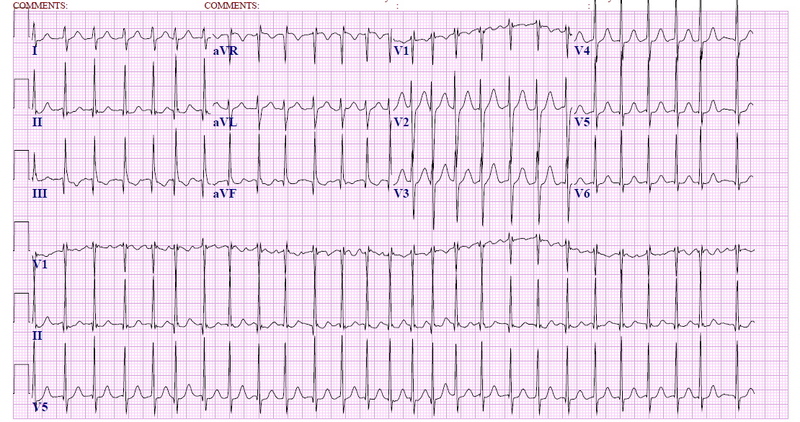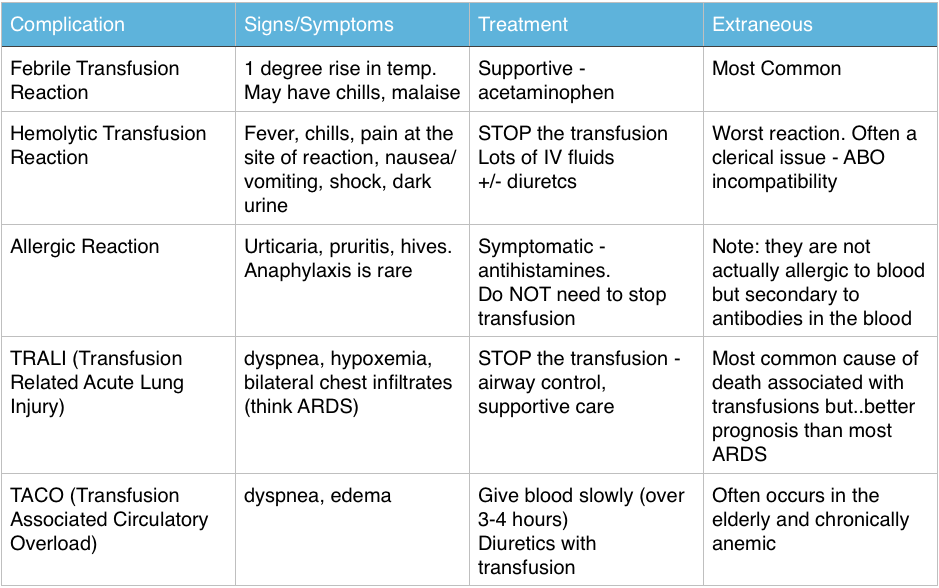(ITUNES OR LISTEN HERE)
The Free Open Access Medical Education (FOAM)
This week we review a post from Dr. Rob Orman’s ERCast, Is it really a sinus headache?
POUND- 4 criteria is very indicative of migraine (+LR 24), 3 criteria also likely (+LR 3), although most of this comes from the outpatient literature [1].
- Pounding headache
- hOurs: headache lasts 4-72 h without medication
- Unilateral headaches
- Nausea
- Disabling: disrupts daily activities
The Bread and Butter
We summarize some key topics from the following readings, Tintinalli (7e) Chapter 159 ; Rosen’s 8(e) Chapter 20, 103 – but, the point isn’t to just take our word for it. Go enrich your fundamental understanding yourself!
In Emergency Medicine, our job is to investigate and think about the life and limb threatening causes, even to mundane problems. Things such as intracranial bleeds, meningitis, masses – these are huge deals and are covered well and hammered into our heads. For FOAM core content on this, check out the St. Emlyn’s podcast. On this episode, we’re running a mini-ophthalmology headache special and focusing on headaches that treatment may render “sight saving.”
Temporal Arteritis – often in patients older than 50 years of age and more common in those with a history of polymyalgia rheumatica. May be accompanied by visual changes including the “classic” amaurosis fugax or “curtain” of unilateral vision loss. If not treated, these patient can lose vision permanently.
- Unilateral or localized headache, often in the temporal or retro-orbital area
- Jaw claudication (pain with chewing) – most specific sign
- Decreased pulse in temporal artery or tenderness
- Sedimentation Rate (ESR) >50
Treatment
- Prednisone 40-60 mg if thinking about diagnosis
- Temporal artery biopsy within 48 hrs
Acute Angle Closure Glaucoma – Classically, these patients present with unilateral mid-dilated pupils and severe nausea, vomiting, and headaches. The history can, naturally, be less classic and more vague. Also, if not treated, this can lead to vision loss.
- Elevated intraocular pressure (>20 mmHg)
- Decreased visual acuity
- Fixed irregular semidilated (midposition) pupil
- Slit lamp — shallow AC (closed angle), injected conjunctiva; corneal microcystic edema (cloudy)
Treatment –
- Ophthalmology consult stat
- They may want topical b-blocker, cholinergic, alpha-2 agonist, eye drops or administration of acetazolamide
Idiopathic Intracranial Hypertension (Pseudotumor Cerebri) – Common in young, overweight women or those on oral contraceptives. Untreated, they can suffer vision loss.
- Elevated opening pressure (>20-25 cm H20) on lumbar puncture
Treatment
- Neuro follow up
- Acetazolamide +/- furosemide
- Therapeutic lumbar punctures
Cerebral Venous Sinus Thrombosis – may present as atypical headache with stroke like symptoms in patients without known vascular risk factors. The neurological findings may be transient. Often associated with post-partum patients, patients with hypercoaguable states (Factor V mutations, protein C or S deficiency, antithrombin III deficiency, etc), patients on OCPs.
Diagnosis – CTV or MRV (magnetic resonance venography) after CT scan, which may be normal.
Treatment – Anticoagulation, although this is somewhat controversial
2. Chapter 20, 103. Rosen’s Emergency Medicine, 8e.
3.Chapter 159. Tintinalli’s Emergency Medicine: A Comprehensive Study Guide, 7e. New York, NY: McGraw-Hill; 2011

Carbamazepine (A) is the treatment of choice for trigeminal neuralgia, not temporal arteritis. The patient does not present with symptoms consistent with hypertensive emergency requiring emergent antihypertensive treatment withlabetalol (B). A non-contrast head CT scan (C) is not helpful in temporal arteritis as the disease does not involve the intracranial contents.
2. B More than half of patients diagnosed with a brain tumor complain of headache. However, the headache associated with brain tumor is highly variable. Patients may describe it as continuous or intermittent, unilateral or bilateral, sharp or dull. It is associated with neurologic deficits less than 10% of the time. However, in the setting of aneurologic deficit and chronic headache (as in this scenario with motor weakness), a mass lesion should be strongly considered as the cause. Patients may also complain of nausea, vomiting, visual change, and gait disturbance. Headaches due to brain tumors are classically associated with pain that is worse in the morning (as in this case). However, this is rare.
Central venous thrombosis (A) results from hypercoagulable states and is associated with acute to subacute headaches with vomiting and sometimes seizures. Risk factors include the use of oral contraceptives, postpartum or postoperative states, and any hypercoagulable state such as factor V Leiden mutation, antithrombin III deficiency, protein S or C deficiency, or polycythemia. The diagnosis is usually made by MRI venogram. Migraine headache (C) is classified as a primary headache and can be quite variable in presentation. These headaches can be associated with nausea, vomiting, photophobia, and phonophobia. The headache may also be preceded or accompanied by an aura that develops gradually over minutes, usually lasts 60 minutes, and is reversible. Auras may include neurologic symptom but commonly include scintillating scotomas (dark spots) or flashing lights. Temporal arteritis (D) occurs almost exclusively in patients older than 50 years and is much more common in women. Headache is the most common symptom of temporal arteritis and usually occurs over the frontotemporal region. It is strongly associated with a history of polymyalgia rheumatic. It is not associated with focal neurologic deficits, but it can lead to vision loss due to ischemic optic neuritis.




